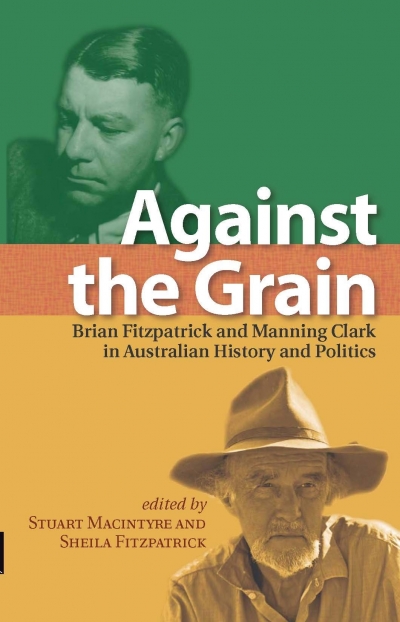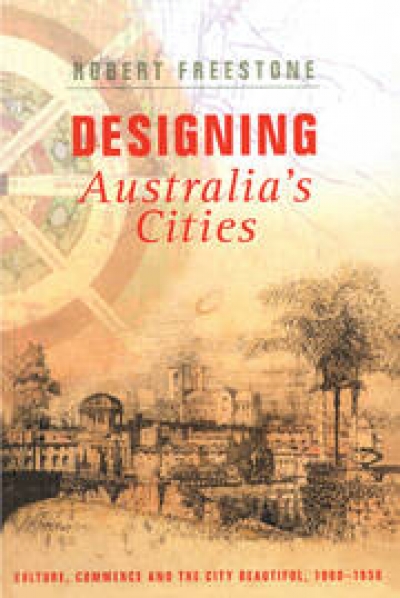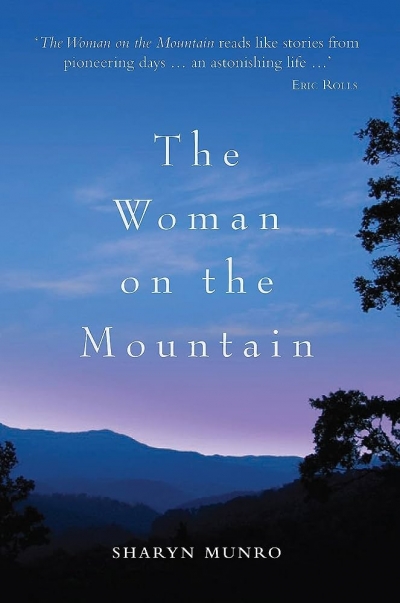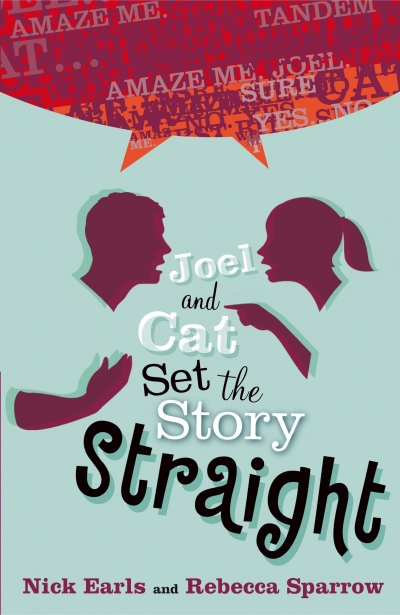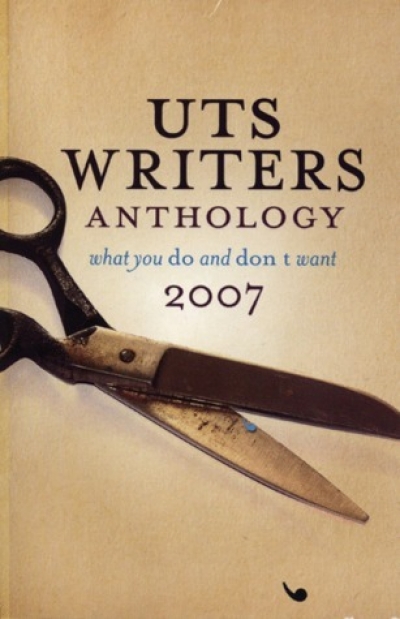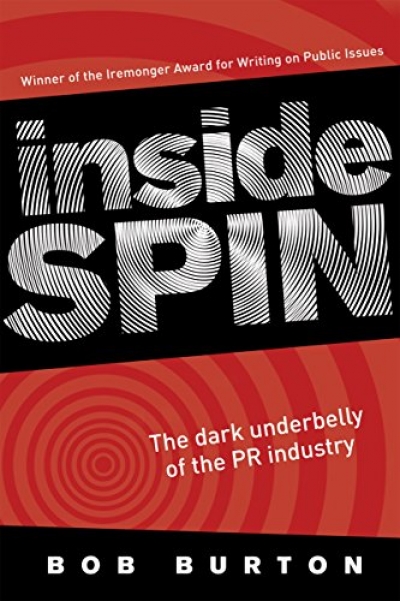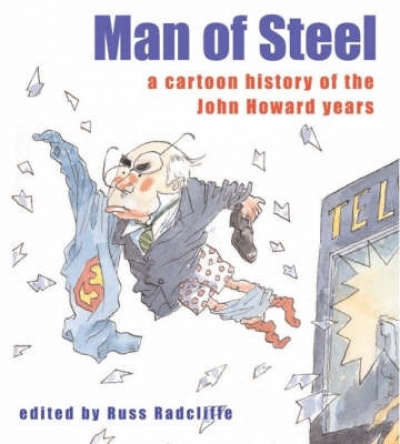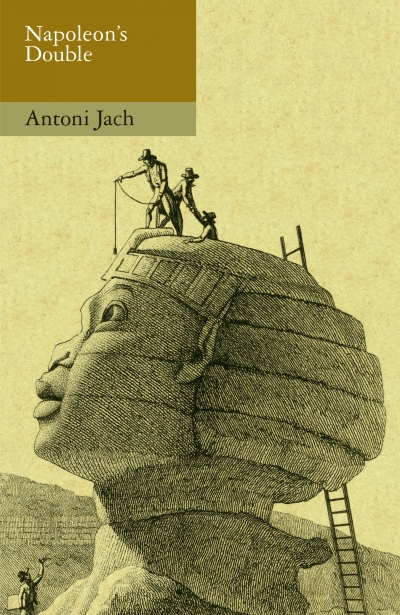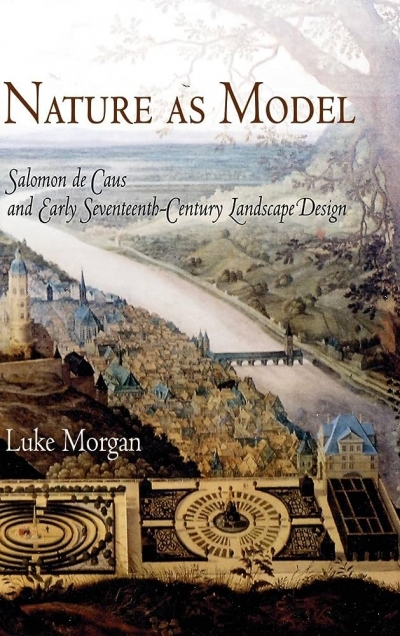Archive
Critical blackout
The Sydney Morning Herald’s film reviewer Paul Byrnes has won The Pascall Prize and has been named Critic of the Year. The award, established in memory of Geraldine Pascall, an Australian journalist, was announced in Sydney on September 25. It is worth $15,000. This year’s winner seems to share ABR’s concern about the deleterious nexus between critical values and commercial imperatives. Accepting the prize, Paul Byrnes declared that serious film criticism was in danger of dying out. ‘What has happened in the last thirty years,’ he said, ‘is that great films and great box office have become entwined in a way they never were before. Since Star Wars and Jaws, the balance between audience, critic and film has shifted to the extent that much of the public now believes that a great film can’t be great unless the box office makes it great.’
... (read more)Against the Grain: Brian Fitzpatrick and Manning Clark in Australian history and politics edited by Stuart Macintyre and Sheila Fitzpatrick
Designing Australia's Cities: Culture, commerce, and the city beautiful 1900–1930 by Robert Freestone
Sharyn Munro lives alone in a mudbrick house on a mountain near the Hunter River, many miles from the nearest shop or neighbour. In her late fifties, with arthritis slowly encroaching, she attempts to revegetate rainforest gullies, grows her own food and provides a refuge for wallabies, quolls and antechinus. Munro’s memoir, The Woman on the Mountain, sets out to explain this ‘foolhardy’ choice of abode.
... (read more)
